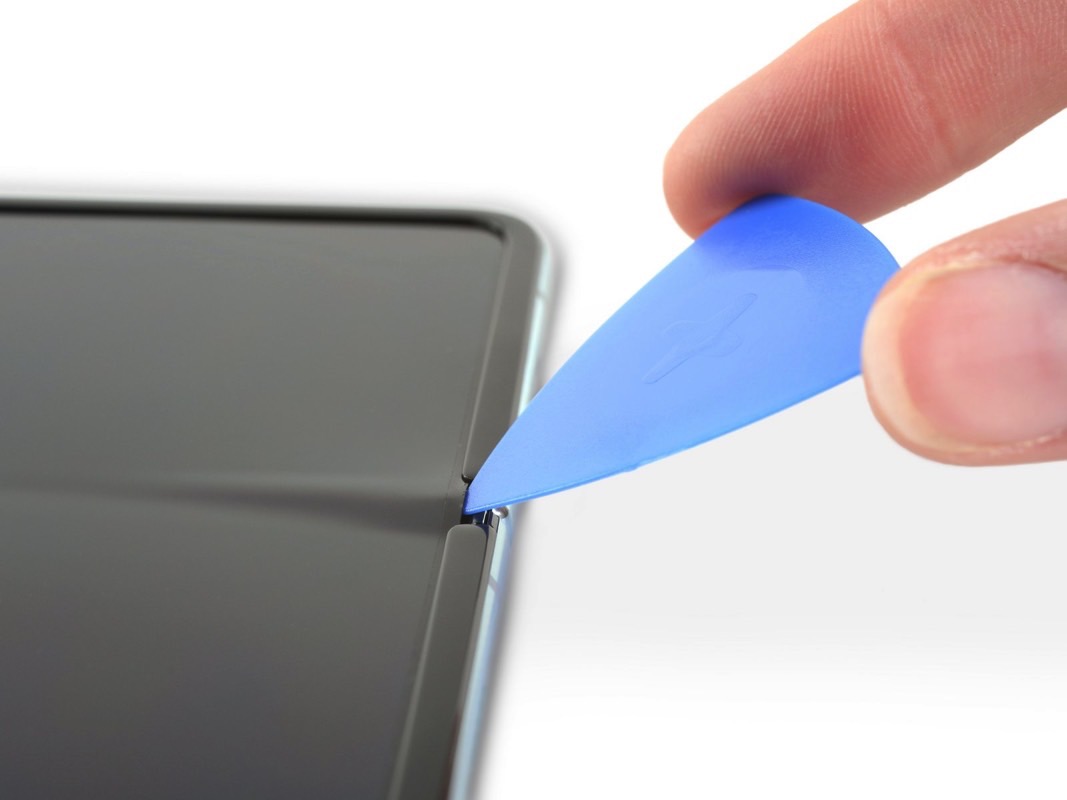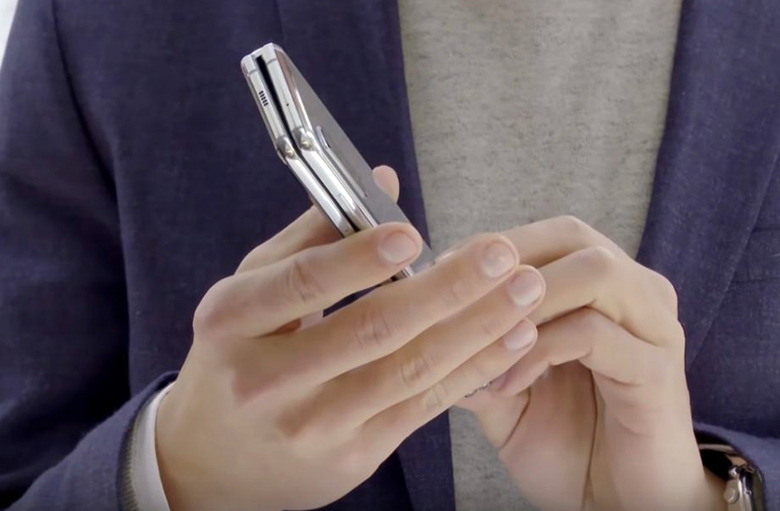These Are The Reasons The Galaxy Fold Failed
Shortly after Samsung sent Galaxy Fold review units to journalists this month, all hell broke loose. No matter how thoroughly Samsung tested the durability of its first foldable handset in controlled conditions, real-life usage has proven that the phone is simply not ready for prime time.
Some issues that arose, such as when reviewers peeled off the protective film, were obvious. Others, not so much. Samsung has postponed the Galaxy Fold launch, saying that it's thoroughly examining all the reported problems. And while we'll have to wait for their conclusions, we do now have some preliminary explanations as to why the Galaxy Fold screen is prone to failing.
iFixit, famous for its timely gadget teardowns and repair guides, took the Galaxy Fold apart and discovered several causes of concern. For starters, that screen protector? You really shouldn't peel it off:
In all known cases (including ours!), removing this layer kills the display. The display could technically function without the layer, but it is so tightly adhered and the display is so fragile that it's difficult to remove without applying display-breaking pressure.
iFixit did note that the layer looks a lot like the one found on top of the Galaxy S10, which is puzzling, and something that might convince some reviewers to peel it. One solution would be to extend the layer under the bezels "to hide it from peel-happy folks." But the bezels seem to be problematic as well, as they might peel over time themselves, which could result in more screen damage:
Normally we overwhelmingly prefer a light touch when it comes to adhesive. And yet, in this case, we can't help but worry these bezels may peel over time, exposing the screen to damage.
The most worrying issue, however, concerns the phone's design. Because it's a foldable device, it has a few design particularities that will make it easy for debris to damage the display, either by coming in contact with it directly, or by squeezing inside the phone, via the hinge mechanism.

The screen bezel has a gap (above) that can allow tiny particles of dust to make their way inside the screen:
This 7 mm gap doesn't seem like a huge deal, but it leaves the display exposed—so should something accidentally enter, it's curtains for the screen.

The most worrying detail, though, concerns the hinge design (above):
When closed, the screen is protected—but the spine is flanked by massive gaps that our opening picks hop right into. These gaps are less likely to cause immediate screen damage, but will definitely attract dirt.
That said, we'll have to wait for Samsung to officially explain what went wrong with the Fold and whether it can be fixed. You'd still be better off not preordering the phone for the time being.
